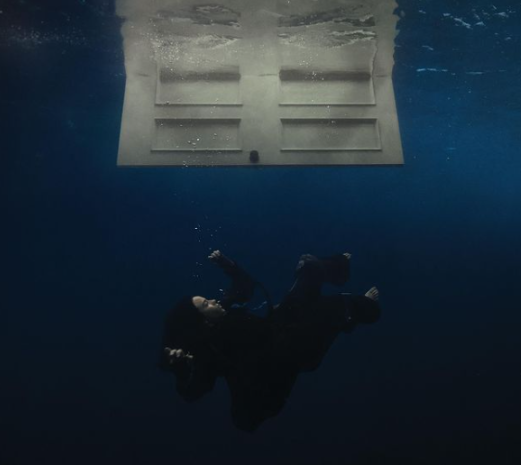Have you been seeing stars, feeling dazed, dizzy or lightheaded? Have you been having headaches, memory loss, blurred vision and sensitivity to light? Don’t panic. These are all signs of a concussion, and CHS is introducing a new program for student athletes to help determine the presence and severity of a concussion.
All members of CHS sports teams in which players are at risk for a concussion will be required to undergo a concussion screening test, known as an ImPACT test, run out of the University of Pittsburgh. These teams include field hockey, football, soccer, cheerleading, basketball, diving, wrestling, baseball, lacrosse and softball.
“The more I dug into it, [the more] I thought it would be an excellent idea for student athletes,” athletic director Dave Kelley said.
The purpose of the screening test is to provide all athletes with a baseline neurological exam which would provide critical information to medical professionals in the event of a head injury. If an athlete gets a concussion, the initial test will assist doctors in determining the severity of the concussion.
Kevin Crutchfield, a certified ImPACT consultant, brings his knowledge of brain injuries to CHS. Crutchfield is the director of the Comprehensive Sports Concussion Program at the Berman Brain and Spine Institute.
“We have a program for assessment and rehabilitation of high school and college athletes who have suffered from brain injuries,” Crutchfield said.
Although the test required memorization, most athletes who completed the test believe the precaution will pay off if a player gets a concussion during the season.
For senior Alexander Kantor and junior Sami Soma, specific parts of the test were particularly difficult.
“The hardest part of the test was remembering which way the squiggly lines faced,” Kantor said in reference to a part of the test that assesses the part of the brain that has visual spatial orientation and visual memory. According to Crutchfield, visual memory is “exquisitely sensitive” to injury from concussion. The squiggly lines represent patterns in space.
Soma felt that the most difficult part of the test was the section in which she was required to memorize many words in a row.
Cathy Certner and Susan Kay were parents who proctored the test. According to Certner, there is a great deal of research on the devastating effects of undertreated concussions in athletes. She says that the research has shown that when the brain does not heal properly after an injury, it can lead to life long neurological impairment or even in some rare cases, death.
“I think [the concussion screening] is a good idea because concussions are not to be taken lightly and it’s good that we now have a way to judge if you are OK to play,” Kantor said.
The entire cost of the program was paid for by the Booster Club. Certner and fellow parents who are also active in this initiative obtained permission from Principal Joan Benz and Kelley to carry out their plans.
“I believe it is one of the most important things the Booster Club has done for our athletes,” Certner said.
According to Kelley, there has been some concern among parents that their child would fail the test and not be allowed to participate in the season. However, Kelley assures parents that the test is not meant to keep their child out of playing. The initial test is a baseline measurement that can be referred to if an athlete gets a concussion.
Crutchfield is available at 410-601-WELL to answer any questions from parents and coaches of athletes who suffer an injury.







